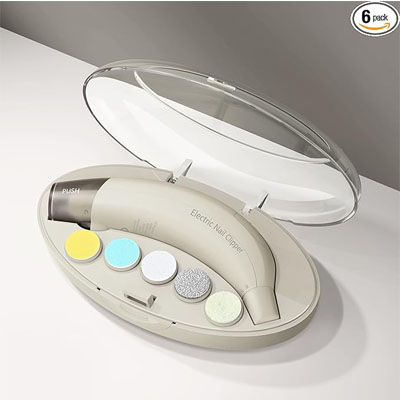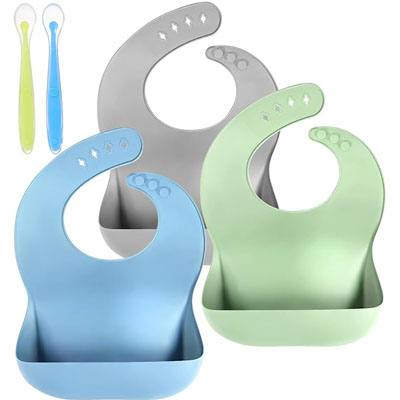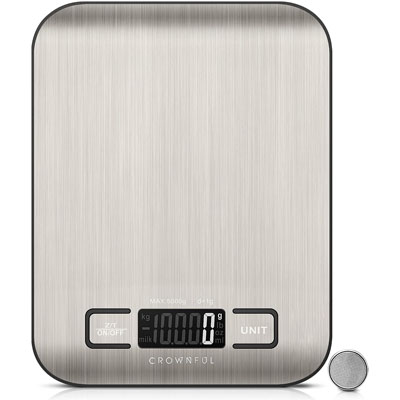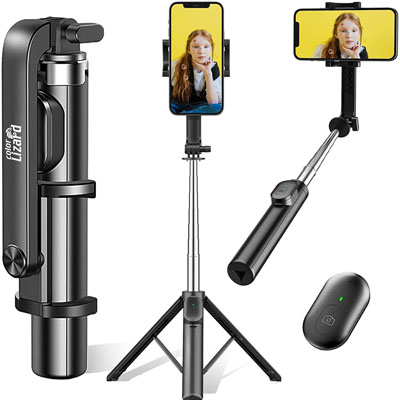Office Chair Buying Guide
2022-08-29 17:21

No matter if you work at a traditional or home office, your computer chair is a crucial component of your comfort and productivity. A poor fit may lead to health concerns, whereas the right desk chair can help you stay content and focused throughout the workday.
Accordingly, choosing an office chair is a significant decision, with real implications for your daily well-being. And with so many kinds of office chairs to consider, searching for the right product can feel daunting at first.
Evaluate your office chair options, review which factors to assess and which types of chairs to consider for your office furniture. Once you’re done reading, you’ll have information to help make a smart purchase. See if you don’t work better once you choose the perfect seat. To learn how to do exactly that, keep reading.
Buying an Office Chair: Key Factors to Consider
 Adjustable Height
Adjustable Height
The ability to modify the seat height of your office desk chair can be essential to keeping you comfortable even during long hours. Ideally, your seat should be adjusted so that your thighs are roughly level with your hips (or slightly lower than them), limiting the risk of hip and back strain.
If your chair is too high, you may find yourself scooting forward to keep your feet on the ground, which could result in poor posture. If your chair is too low, your knees will be higher than your hips, potentially creating stress on your lower back.
An adjustable height chair allows you (and anyone else who sits in it) to pick the appropriate level for long-term comfort. If you do seek out a chair with height controls, just make sure they’re easy to use and durable enough to rely on over time.

Tilt Control
The angle of your seat back is another important dimension of chair selection. And because any chair you buy probably won’t be perfectly suited to your body right out of the box, the ability to adjust the tilt of the back of your chair is a major benefit.
According to experts, a “slightly reclined” posture may help in protecting your spine while sitting at your desk. Therefore, you’ll want to look for a chair that allows you to tilt back just a bit so that the back of your chair is at a 100 or 110-degree angle to your seat. Some chairs offer just a couple options for reclining (if any at all), so it might be wise to do some specific research on tilt controls before making your purchase.

Seat Dimensions
Clearly, you need a chair large enough to accommodate your body. Pick a seat that’s too narrow, and you could feel constrained on a daily basis. On the other hand, a roomy fit isn’t ideal either. A very deep chair could cause some individuals to hunch forward, while too wide a seat could make it uncomfortable to use your chair’s armrests.
To find a happy medium, you’ll need to check the length and width of the seat for any chair you’re considering. There are also big & tall options available. Once you know the dimensions of the desk chair in question, see how those numbers compare to colleagues’ chairs or other seats you find comfortable.

Armrest Options
Studies suggest that armrests, on an office chair with adjustable arms, can be an important source of support, preventing discomfort not just in your forearms, but also in your neck and shoulders. But because workers’ bodies differ so much, simply having armrests on your chair is no guarantee of a good fit. If adjustable arms are positioned too high, for example, you might experience related tension in your shoulder muscles. If they’re too low, you could encounter discomfort in your forearms and wrists.
Thankfully, many desk chairs permit you to adjust the height of your armrests to correspond to your preferred forearm position. Generally, experts recommend positioning your arms so that your wrists are roughly level with your keyboard, rather than flexing up or down to let you reach the keys. Additionally, some chairs enable you to adjust the armrest width or angle for even more customized comfort.

Materials and Padding
Office chairs vary widely in their upholstery and construction, so you’ll have plenty of alternatives to evaluate. Mesh back chairs offer a breathable feel, keeping your back nicely ventilated. Leather or faux leather chairs provide a slick, luxurious look sure to impress co-workers and clients. Certain chairs are distinctly firm, while others provide softer cushioning.
As you consider these possibilities, it's important to prioritize sustainable comfort over first impressions. Though a chair may look or feel great, it may not provide the ergonomic support your body needs over many working hours. Soft chairs, for example, can make it difficult not to slouch. So even if you love the feeling of sinking into a plush seat, you should probably look for more substantive support.

Mobility
Office chairs with wheels offer valuable convenience, whether you’re moving around your own desk or scooting over to consult with a colleague. Additionally, many swivel office chairs permit you to pivot in your seat, shifting the direction you’re facing. When you don’t want to move in these ways, you can typically “lock” your seat in place to maintain stability.
The key consideration here is quality: Are the moving parts in your chair tough enough to survive daily use? Broken casters or wheels can be frustrating, as is a chair that constantly pivots when you’d prefer it to stay in one place. To gauge the durability of the chairs you’re considering, it might be helpful to read through customer reviews.

Lumbar Support
The lumbar region is a crucial section of the spine, running roughly between the hips and chest. Though these five lower back vertebrae are the largest and strongest in your body, they still need plenty of support on a daily basis – particularly if you’ve had issues in this area previously.
Because lower back body strains are quite common among professionals, many office chairs are designated as lumbar support chairs due to specific design to provide lumbar protection. As always, however, it's important to consider these options in light of your own body and needs. In some chairs, the seatback is molded specifically to encourage a healthy, “s-shaped” spinal posture, rather than slouching. Others might prefer to buy a seat with a more neutral back, then add lumbar support for the office chair with their own lumbar support cushion.
Other Ergonomic Features
The term “ergonomic” refers to the scientific improvement of workplace conditions, and many chairs possess distinctive features rooted in physiological research. For example, an office chair with a headrest can help reduce stress on the neck and shoulders. Others divide the seat back into multiple parts so that the upper and lower back receive different kinds of support. If you have specific medical concerns or simply want more support than what a standard chair might offer, it’s worth considering these ergonomic office chair options.
With the advice in this guide, you’re well prepared to choose a great office chair. But there’s one more crucial piece of the shopping process: Getting a great price. Whether you shop online or at a retail location, look for industry-best value and a vast selection.





















